Value Investing: Definition, Origin, Metrics, Example, Finding Stocks, Pros & Cons
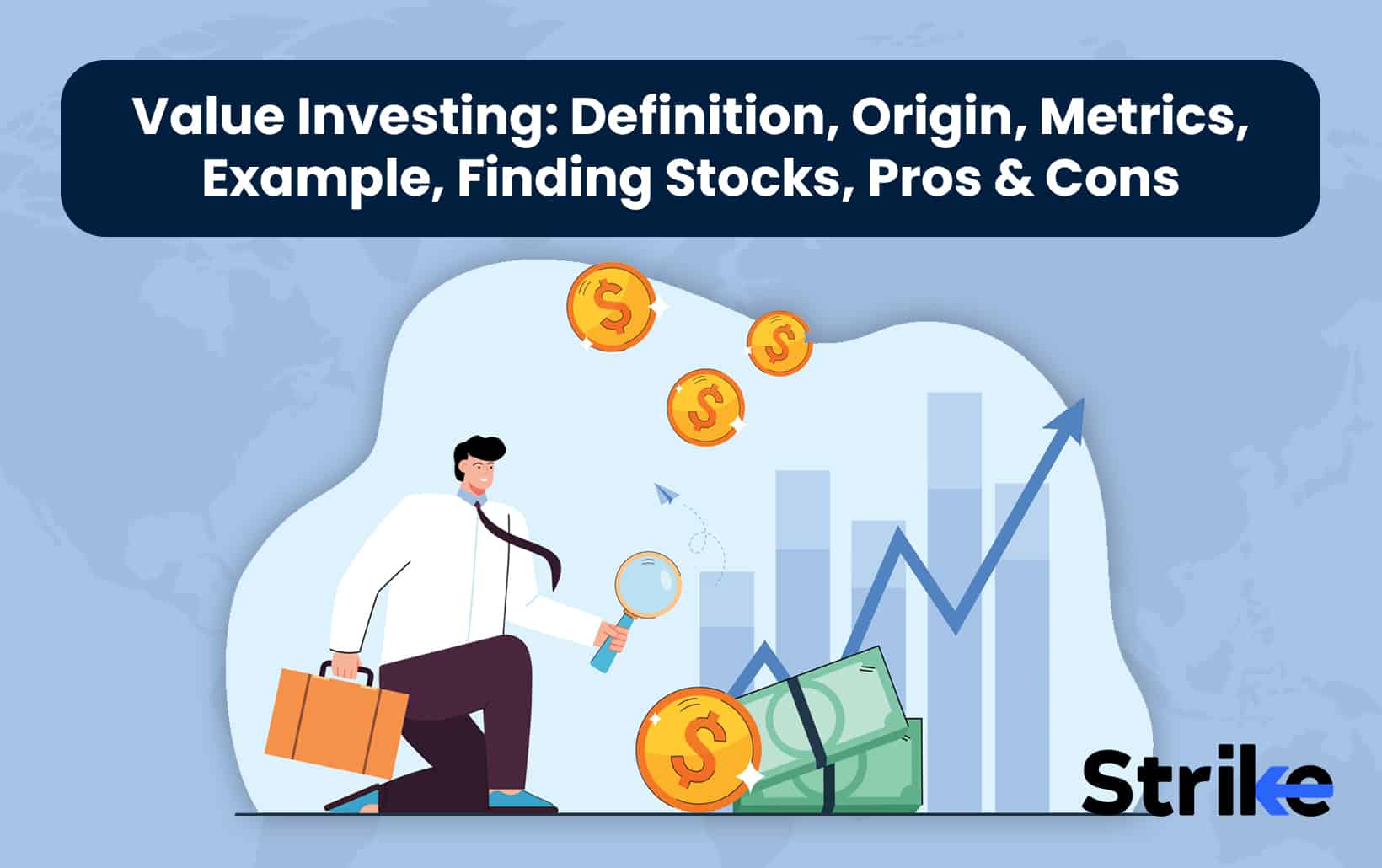
Value investment is an investment approach where investors seek shares of companies that are traded on the market at a price lower than their intrinsic value. Value investors analyze financial measures to determine whether a company is underperforming and buy these shares at low prices, expecting them to reach their fair value. This method requires a thorough understanding of the stock market.
Value investment was conceived in the 1920s by Benjamin Graham and David Dodd, professors at Columbia Business School. Graham believed that stock prices often diverged from the fundamentals of a company, creating opportunities to buy low-cost shares. It advocated thorough research to determine the intrinsic value of a share on the basis of assets, profits, dividends and future prospects.
Value investors study metrics such as price/profit ratio, price/accounting value, debt/equity ratio and available cash flow. They are looking for shares with low ratio, indicating that the securities are undervalued. Popular strategies include fundamental analysis, investment in quality, counter-investment, and dividend-oriented investment.
Warren Buffett, Mario Gabelli, and Joel Greenblatt are among the most renowned supporters of value investment. Despite modern theories, this approach has proved to be the most fruitful in the long term. Its advantages include buying quality shares at a reduced price and a proven research-based strategy. Its disadvantages are the required patience and the risk of “value traps”. Investment in value has historically outperformed growth and the market as a whole.
What is Value Investing?
Value investing is an investment approach where investors seek out stocks of companies that are trading in the market at a price that does not agree with its intrinsic or inherent value. Value investing method requires a thorough understanding of the stock market. Value investors consider a stock undervalued when trading at a lower price than its intrinsic value, and overvalued when trading higher than its inherent value.
They believe share prices do not justify a company’s long-term fundamentals and employ a contrarian approach by moving against market tendencies. Value investors analyze financial metrics to determine if a company is underperforming and purchase such stocks at low prices, expecting them to reach intrinsic value.
What is Origin of Value Investing?
Value investing originated in the 1920s with Benjamin Graham and David Dodd, professors at Columbia Business School. They developed a methodology to identify and invest in securities that were trading below their intrinsic value. Graham believed stock prices often diverged from a company’s fundamentals, creating opportunities to buy stocks cheaply. He advocated thorough research to determine a stock’s intrinsic value based on assets, earnings, dividends, and future prospects. The lower the stock price compared to intrinsic value, the greater the margin of safety.
Graham also advised viewing market prices as if you had a manic-depressive business partner who swung between optimism and pessimism. Instead of predicting price movements, focus on estimating intrinsic value. For diversification, hold at least 40 stocks. Graham and Dodd taught these techniques starting in 1928, continually revising them over the decades. Their book Security Analysis laid the foundation for value investing. Though the economy and markets changed dramatically, their rational, research-based approach proved enormously successful over time.
Prominent followers include Warren Buffett, Mario Gabelli, Glenn Greenberg, Charles Royce, Walter Schloss, and John Shapiro. Despite modern investment theories developed in the 1950s-60s, value investing remains the most successful long-term strategy. Its validity and dominance were proven in the second half of the 20th century.
Who are Popular Value Investors Worldwide?
The most well-known and successful value investors worldwide are Warren Buffet, Mohnish Pabrai, Allan Mecham, Tom Gayner, and Joel Greenblatt.
Warren Buffett
The most famous value investor, often called the “Oracle of Omaha”. Influenced by Benjamin Graham, Buffett seeks undervalued stocks trading below intrinsic value and holds long-term. Known for thorough research and patience. Focuses on earnings, assets, future prospects.
Mohnish Pabrai
Runs Pabrai Investment Funds, inspired by Buffett. Looks for bargain stocks with low P/E and P/B ratios. Believes in concentrating in few high conviction picks. Returns often beat the market.
Allan Mecham
Formerly managed Arlington Value Capital. Follows a strict value approach based on discounted cash flows. Seeks safe and cheap stocks. Produced market-beating returns over the long run.
Tom Gayner
CEO of insurer Markel Corp. Combines value tenets with a business owner’s perspective. Invests in simple, predictable companies at rational prices. Compounds growth through long holding periods.
Joel Greenblatt
Developed a “magic formula” ranking stocks by earnings yield and return on capital. Favors unpopular, depressed companies with earnings power. Known for his classic The Little Book That Beats the Market.
What makes a Stock Valuable?
The key factors that make a stock valuable are the company’s financial health, growth potential, and intrinsic value. Investors look at metrics like revenue, earnings per share, profit margins, debt levels, and cash flows to gauge a company’s financial strength. Stocks of companies with strong financials and consistent earnings growth tend to be more valuable.
The growth outlook based on business prospects, new products, competitive advantages etc also contributes to value. Most importantly, investors estimate a stock’s intrinsic value using valuation models like discounted cash flows. The more undervalued a stock is compared to intrinsic value, the more valuable and attractive it becomes for investing.
Other qualitative factors like proven management, brand power, and macro trends affecting the industry matter too. But the central goal is to identify stocks trading below their inherent worth, with strong fundamentals and growth that are primed to appreciate over time. The combination of healthy finances, growth, and discounted price makes a stock truly valuable.
Which Metrics a Value Investors must Follow?
1. P/E Ratio
The price-to-earnings (P/E) ratio is a metric that compares a company’s share price to its earnings per share (EPS). The P/E ratio, also known as the price or earnings multiple, is used to evaluate the relative value of a company’s stock. It is useful for evaluating a company’s worth in relation to its past performance, other companies in the same industry, or the entire market.
The P/E ratio measures a company’s current share price relative to its earnings per share. A low P/E ratio can indicate a stock is undervalued or poised for future growth. Value investors specifically seek out stocks with low P/E ratios, as this suggests the stock price does not fully reflect the company’s earning power. The P/E ratio of a stock is compared to the company’s historical P/E, competitor P/Es, or the overall market average to determine if it is undervalued.
2. P/B Ratio
The price-to-book (P/B) ratio is a financial measure that evaluates the relationship between a company’s present market value and its book value. P/B ratio calculation involves dividing the current stock price per share of a company by its book value per share (BVPS).
Value investors look for stocks with low P/B ratios, as this indicates the market price is lower than the company’s net asset value per share. The P/B ratio helps identify bargains in stable, capital-intensive sectors like manufacturing, utilities and financials. It is often used along with other metrics like P/E ratio. P/B ratio assists value investors in assessing whether a quality business is trading below its true worth.
3. D/E Ratio
The debt-to-equity ratio (D/E ratio) quantifies the proportion of a company’s debt in relation to its assets. D/E ratio calculation involves dividing the total debt of a company by its total shareholder equity.
Value investors pay close attention to a stock’s D/E ratio, as it provides insight into the long-term financial stability and health of a potential investment. A high D/E ratio indicates greater reliance on debt financing, which translates into higher financial risk. Excessive debt levels mean a company must direct more cash flow to interest payments on its debt, leaving less earnings available for growth opportunities or shareholder returns.
On the other hand, a low D/E ratio signals lower financial risk and a more appropriate balance between debt and equity financing. Value investors tend to favor stocks with low or moderate D/E ratios, as this conservative capital structure means stable cash flows, stronger staying power in downturns, and reduced risk of financial distress. It enables management to focus cash on expanding operations or increasing dividends rather than debt interest.
4. Free Cash Flow
Free cash flow (FCF) refers to the residual amount of money that remains with a company after it has settled its operating expenses (OpEx) and capital expenditures (CapEx). A company with a higher amount of free cash flow has a greater ability to distribute dividends, reduce debt, and pursue growth prospects.
Value investors favor stocks with consistent, strong free cash flow as it shows the business has ample capital for growth, debt payments, and dividends. Analyzing free cash flow helps determine if a company is capable of funding growth internally without excessive borrowing or stock dilution. Comparing free cash flow to net income reveals the quality of a company’s earnings and cash generation ability.
5. PEG Ratio
The PEG ratio, or price/earnings to growth ratio, is calculated by dividing a stock’s price-to-earnings (P/E) ratio by the growth rate of its earnings over a specific time period. The PEG ratio is employed to assess the worth of a stock by considering the projected growth of the company’s earnings. It is believed to offer a more comprehensive perspective compared to the conventional P/E ratio.
The PEG ratio measures a stock’s price-to-earnings ratio relative to its expected earnings growth rate. A low PEG may indicate a stock is undervalued given its growth outlook. Value investors use the PEG to find reasonably priced stocks poised for above-average growth. A PEG below 1 suggests expected earnings growth exceeds the P/E ratio.
6. EPS
Earnings per share (EPS) is a metric used to assess a company’s profitability by indicating the amount of profit generated by each outstanding share of common stock. EPS calculation involves dividing the net income of the company by the total number of outstanding shares.
Value investors favor stocks with steady or rising EPS trends as it signifies earnings power and growth potential. Comparing EPS over time and to industry peers helps determine if a stock is underpriced relative to performance. Analyzing EPS growth rates and consistency allows assessment of earnings quality and sustainability. By evaluating EPS trends and growth expectations, value investors target undervalued stocks with reliable earnings growth to drive shareholder returns.
7. DCF
Discounted cash flow (DCF) is a valuation technique that calculates the worth of an investment by considering its projected future cash inflows. DCF analysis aims to ascertain the present value of an investment by projecting its future cash flows.
Value investors use DCF models to determine if a stock is trading below its calculated intrinsic worth. DCF helps quantify upside potential and expected return based on long-term cash generation ability. Applying an appropriate discount rate and terminal value allows intrinsic value to be estimated conservatively. By determining intrinsic value through DCF, value investors seek to identify and invest in stocks trading at a discount for superior risk-adjusted returns.
What are the Popular Value Investing Strategies?
The four major strategies value investors use include fundamental analysis, quality investing, contrarian investing, and dividend investing.
Fundamental analysis
Value investors use fundamental analysis to evaluate a company’s intrinsic value by reviewing financial statements, valuation metrics, free cash flow, and other qualitative factors. Key tools involve analyzing the income statement, balance sheet, P/E ratio, P/B ratio and free cash flow trends to identify undervalued stocks.
Valuation ratios like P/E, P/B and P/S show whether a stock is undervalued relative to earnings, book value or sales. Other useful ratios are return on equity, return on assets and current ratio. Comparing these ratios historically and to peers highlights bargains.
Value investors emphasize free cash flow generation as it allows a company to fund growth internally and reward shareholders. Stocks with consistent, substantial free cash flow tend to outperform the market.
Quality Investing
Quality investors favor companies with strong competitive advantages, experienced leadership, conservative balance sheets and a consistent track record of growing cash flows. Quality stocks like blue-chip and dividend-paying companies tend to be mature, stable businesses that can be underappreciated by the market.
Quality stocks have a long history of steady revenue and profit growth. These mature companies have survived across business cycles. Competitive advantages allow quality companies to maintain premium pricing, high margins and return on equity even during downturns. This pricing power sustains profitability. Quality stocks feature strong balance sheets with relatively low debt levels and ample cash reserves. This provides resilience against downturns.
Contrarian Investing
Contrarian investors go against the prevailing market sentiment and crowd psychology by buying assets that are unpopular or out-of-favor. The strategy involves taking a contrarian view and waiting patiently for the market to recognize the investment’s merit.
Contrarians detect market overreactions that cause sound stocks to become undervalued due to temporary challenges or distaste for an entire industry. They determine whether negative market sentiment is excessive. If the crowd is too pessimistic, contrarians bet on a reversal and buy while others are selling.
Dividend Investing
Dividend investors seek out established, cash-rich companies with a long track record of consistently increasing dividend payouts year after year. The goal is to generate a steady income stream through dividends that grow over time.
Dividend investors seek companies with long track records of consecutive dividend increases, such as Dividend Aristocrats.
The dividend payout ratio compared to earnings reveals if dividends are sustainable. Ratios below 50% allow potential hikes. Dividends must be sufficiently covered by recurring free cash flow. Cash flow volatility puts dividends at risk.
Mature companies with slow growth and abundant cash reserves are favored for dividends over high-growth companies. Dividend stocks offer resilience in bear markets as investors value income stability. This defensiveness makes them suitable value stocks.
How to find Value Stocks?
Value stocks are identified by looking for companies with certain characteristics like high dividend yields, low price-to-book ratios, and low price-to-earnings ratios. These metrics indicate a stock may be undervalued or unfavorable in the marketplace compared to growth stocks, trading at a bargain price.
Value stocks differ from riskier growth stocks which have higher valuations but greater upside potential. Screening for stocks with the typical traits of value stocks, such as high yields and low P/B and P/E ratios, investors will be able to find underappreciated companies trading below their intrinsic worth. Strike is a complete for analyzing and using these valuation metrics and financial ratios allows investors to uncover hidden value stocks with the potential for long-term gains as their share prices move toward intrinsic value.
What is meant by Quantitative Value Investing?
Quantitative value investing is a methodical approach that relies on data to identify assets that are currently priced lower than their actual value for the purpose of investment. Quantitative value investing entails utilizing quantitative analysis and financial metrics to make investment choices.
The goal is to identify assets with financial metrics indicating the stock is underpriced relative to intrinsic value. Quantitative investors create or use models incorporating valuation ratios like P/E, P/B, P/S as well as quality metrics like return on equity to screen for undervalued stocks. These models are backtested and optimized to deliver the best value stock selections. In addition to financial factors, some quantitative strategies incorporate data on earnings quality, management, macroeconomic trends and other variables that impact valuation.
The quantitative approach removes human emotion and bias from the investing process, relying strictly on cold hard data and facts. Quantitative value investing requires advanced programming skills, modeling expertise and access to comprehensive market data. While costly to implement, the quantitative process allows value opportunities to be exploited rapidly through computerized trading.
How do you measure the performance of Value Investing?
Value investors aim to generate returns that outperform the broader market over the long run, so comparing returns to a benchmark index like the Nifty 50 is common. Key metrics used include the Sharpe ratio to assess risk-adjusted returns, alpha to measure excess returns over the benchmark, and the information ratio to evaluate returns relative to volatility. Value investing success can also be evaluated by reviewing the rate of return over 3-, 5-, and 10-year periods, while noting the strategy often requires patience as undervalued assets may take time to reach full valuation. Monitoring the rate of return over these extended periods helps investors understand the long-term effectiveness of their value investing approach.
What are the advantages of investing in Value Stocks?
Below are the four main advantages of investing in Value Stocks.
Quality stocks at lower price
One of the best things about value investing is this. The strategy helps find stocks that have a lot of potential but are trading for less than what they’re really worth. Putting money into stocks that are currently underpriced will help you make more money in the following years. They can also be bought for less money because these stocks aren’t very popular on the market. Putting money into value stocks can give an investor a safety net. The margin of safety is the difference between how much the stock is worth and how much it is being sold for right now.
Proven strategy
Benjamin Graham and David Dodd were the first people to do value investing in 1928. The plan has been used for more than one hundred years. Over time, value investing has shown to be a good way to make money. It’s also possible for a value stock to become a multibagger stock. However, investors need to pick the right stocks. Value investing has made investors a lot of money when it’s done right.
Fact based
Value stocks are chosen by analysts after they do a thorough fundamental analysis of the business. The strategy calls for a thorough study of both the company and its prospects for the future. Because of this, investing based on facts and solid research is better than speculating.
Value investing provides a proven way to generate market-beating returns through fact-based analysis and buying underpriced, high-quality stocks with a margin of safety.
What are the limitations of investing in Value Stocks?
The main risk of investing in value stocks are listed below.
Undervaluation may persist – Value stocks may remain “cheap” for extended periods of time as the broader market fails to recognize their intrinsic worth. This can lead to lost opportunity costs as capital remains tied up in stagnant shares.
Contrarian approach – Buying underappreciated stocks means taking a contrarian approach which requires patience and conviction. Value stocks tend to underperform during periods of market euphoria.
Risk of value traps – Stocks appearing cheap may actually be distressed companies or declining businesses, sometimes called value traps. In-depth research is required to avoid these money-losing stocks.
Investors must conduct thorough analysis, exhibit patience, and stick to their strategy through different market cycles. Avoiding potential pitfalls like value traps requires financial acumen to identify truly promising value opportunities with the upside to deliver long-term gains.
Is Value Investing Profitable?
Value investing has proven to be a profitable investment strategy over the long run, outperforming growth approaches and the overall market. According to studies, value stocks have earned annual returns of about 17% compared to 12% for growth stocks over extended time horizons. Setting a profit target can help investors capitalize on these higher returns. By establishing a clear profit target, investors can make more informed decisions and optimize their investment strategies.
Which Books will help you learn Value Investing?
Books that Warren Buffet reccomends is a good start point to learn value investing. The books recommended by Warren Buffett offer foundational lessons for value investing.
Benjamin Graham’s “Security Analysis” and “The Intelligent Investor” are seminal works that established the principles of value investing. Graham emphasizes buying quality stocks when they are undervalued and holding for the long-term. These books provide the core framework for identifying bargains through fundamental analysis and a margin of safety. Buffett credits Graham with changing his financial life.
For insights into market psychology, Buffett suggests George Goodman’s books written under the pen name Adam Smith. In “The Money Game,” Goodman examines investor behavior and the irrational swings of the market using entertaining stories and prose.
“Supermoney” profiles famous investors including Buffett and studies the stock market environment of the 1970s. These books supplement Graham’s technical approach by exploring the human side of markets.
Together, the recommendations span the conceptual basis of value investing, its analytical financial techniques, and the behavioral psychology required to be a successful practitioner.
What is the difference between Value Investing & Growth Investing?
Value investors seek undervalued stocks trading below intrinsic value that offer a margin of safety, while growth investors target stocks with strong earnings expansion and future growth potential. Value investing relies on quantitative and qualitative analysis to find bargain stocks that are currently out of favor, whereas growth investing focuses on higher-priced momentum stocks exhibiting accelerated growth.
Value stocks often have lower price-to-earnings ratios and high dividend yields compared to growth stocks, which have high P/E ratios and reinvest earnings into expansion. Growth investing focuses on acquiring stocks expected to grow at an above-average rate compared to the market. Unlike growth investing, where investors look to sell stocks when growth peaks, value investors aim to acquire quality stocks at a discount using a long-term buy-and-hold strategy.









 Previous Article
Previous Article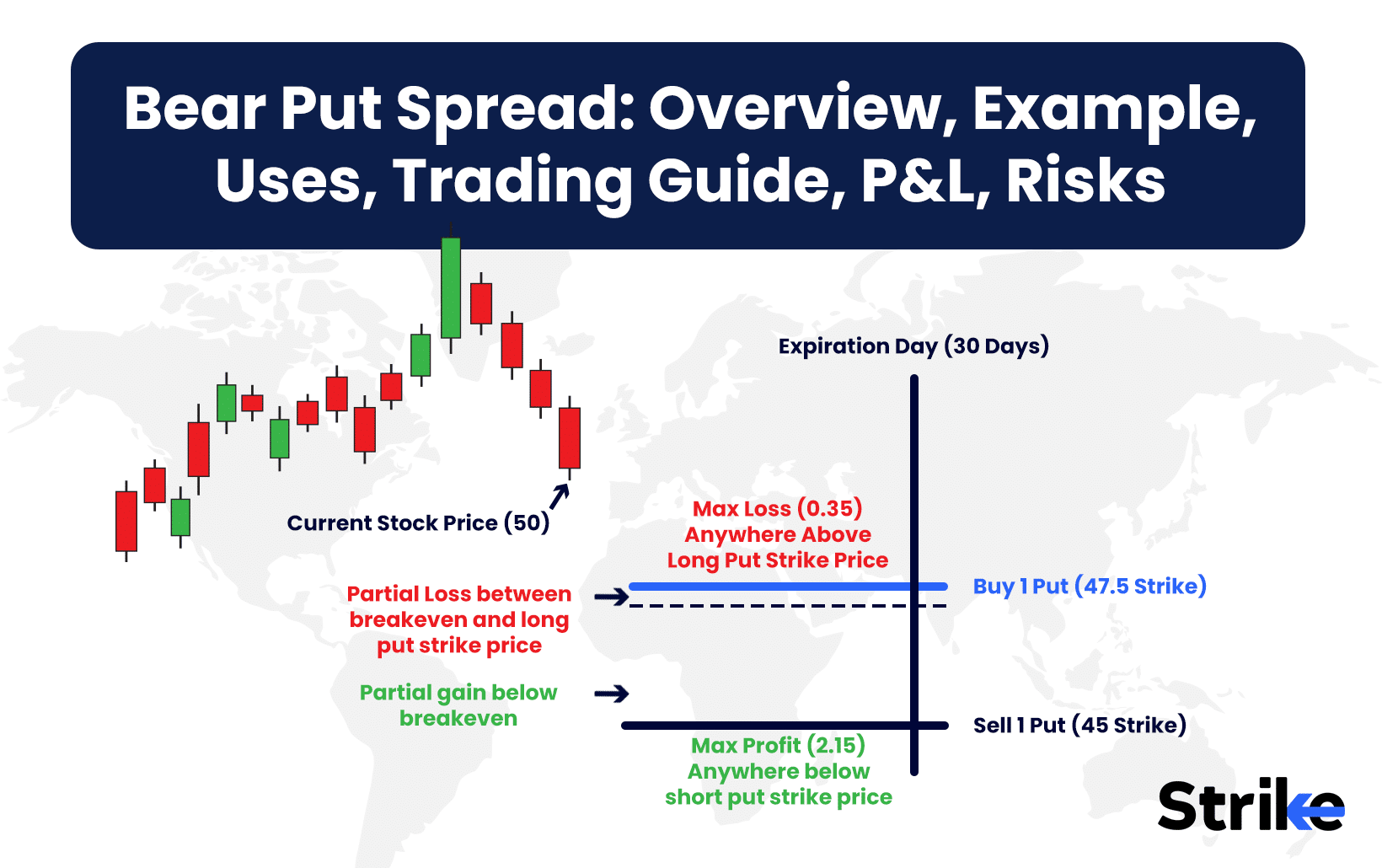
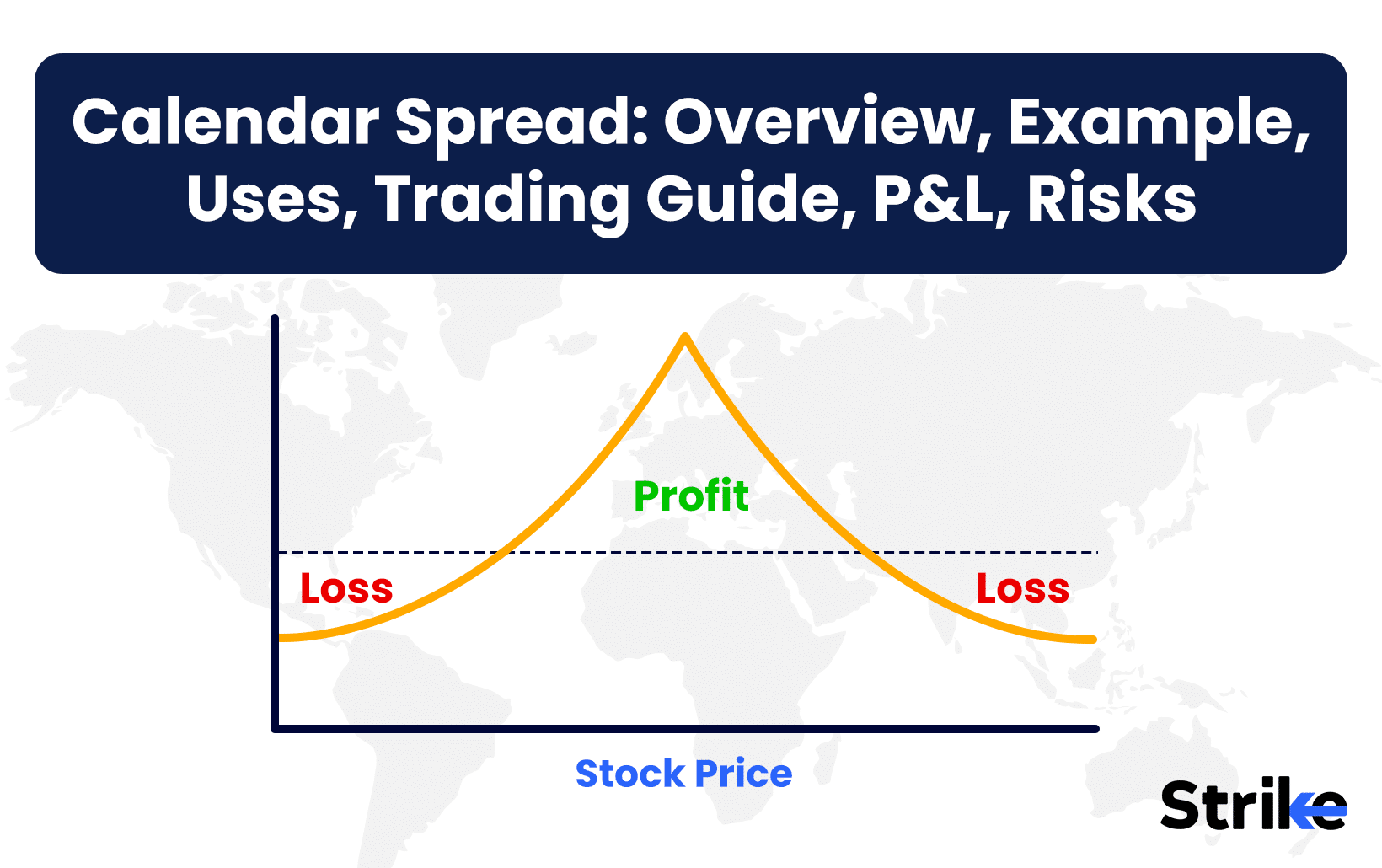
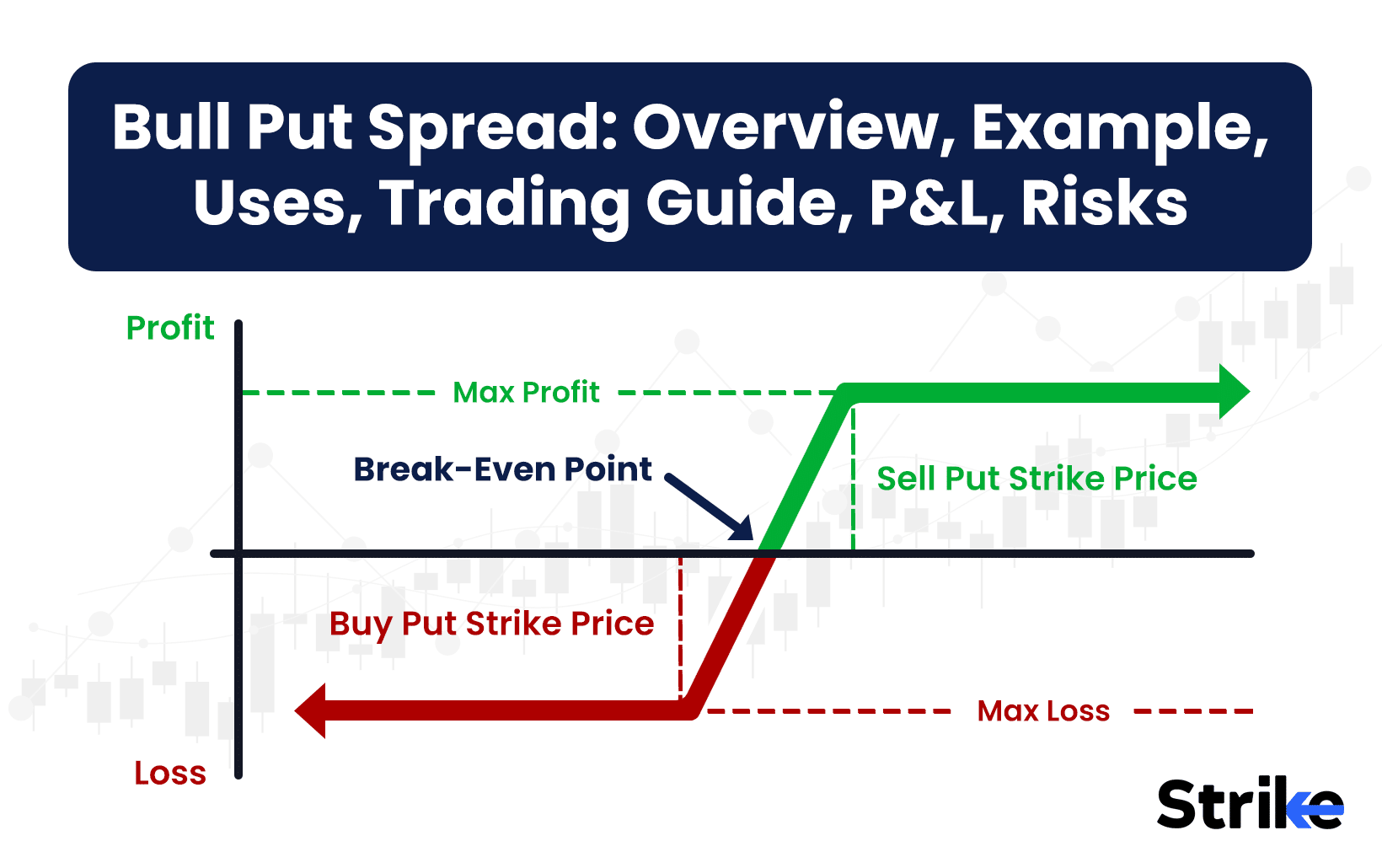
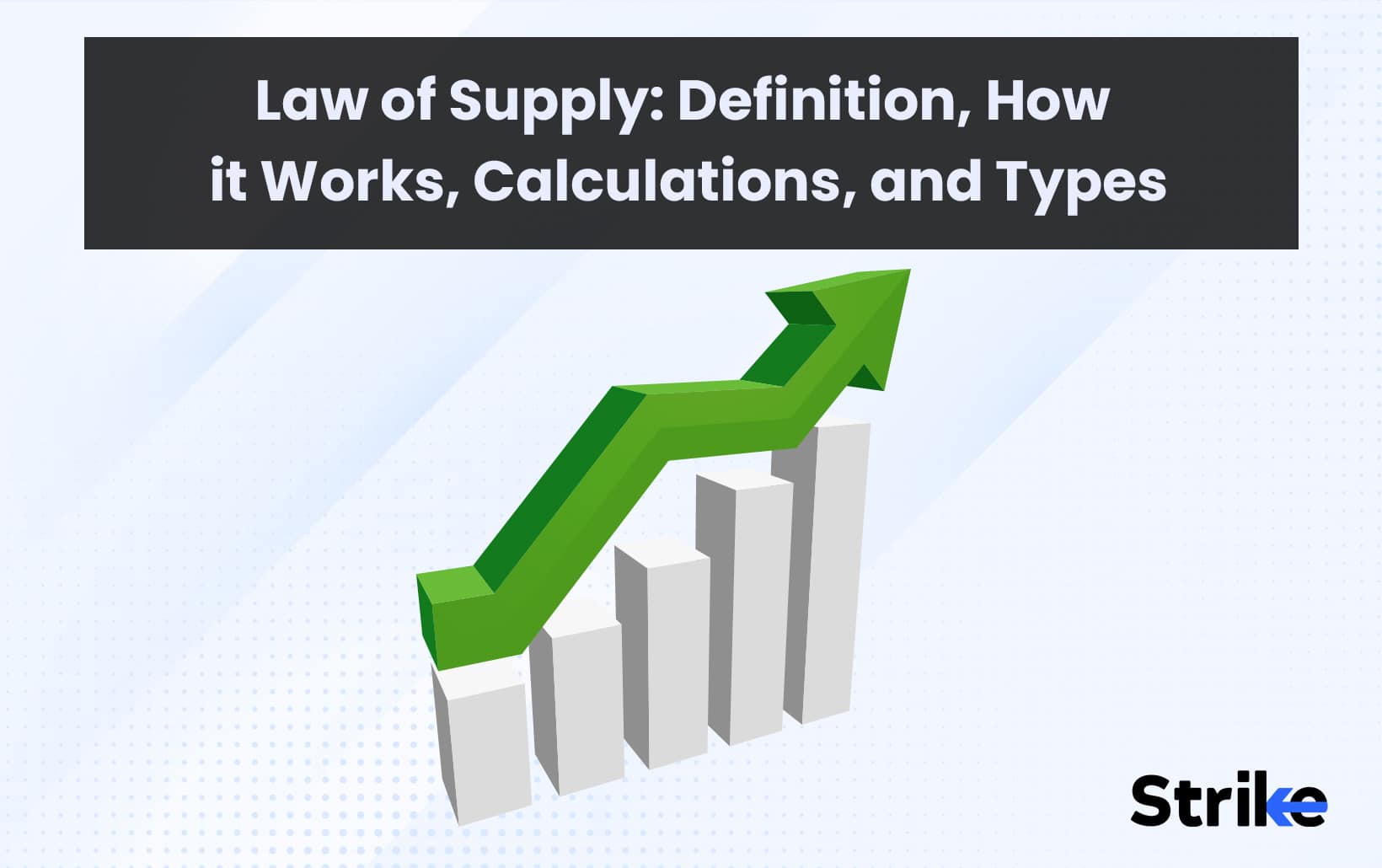



No Comments Yet